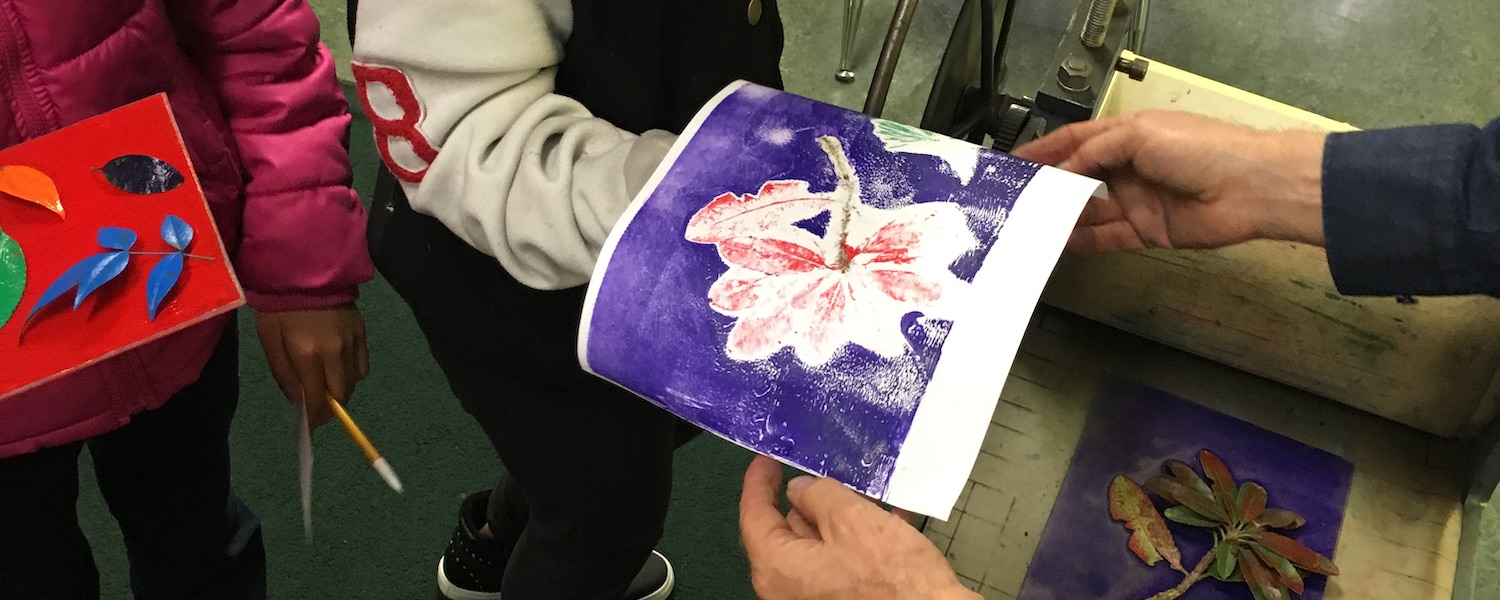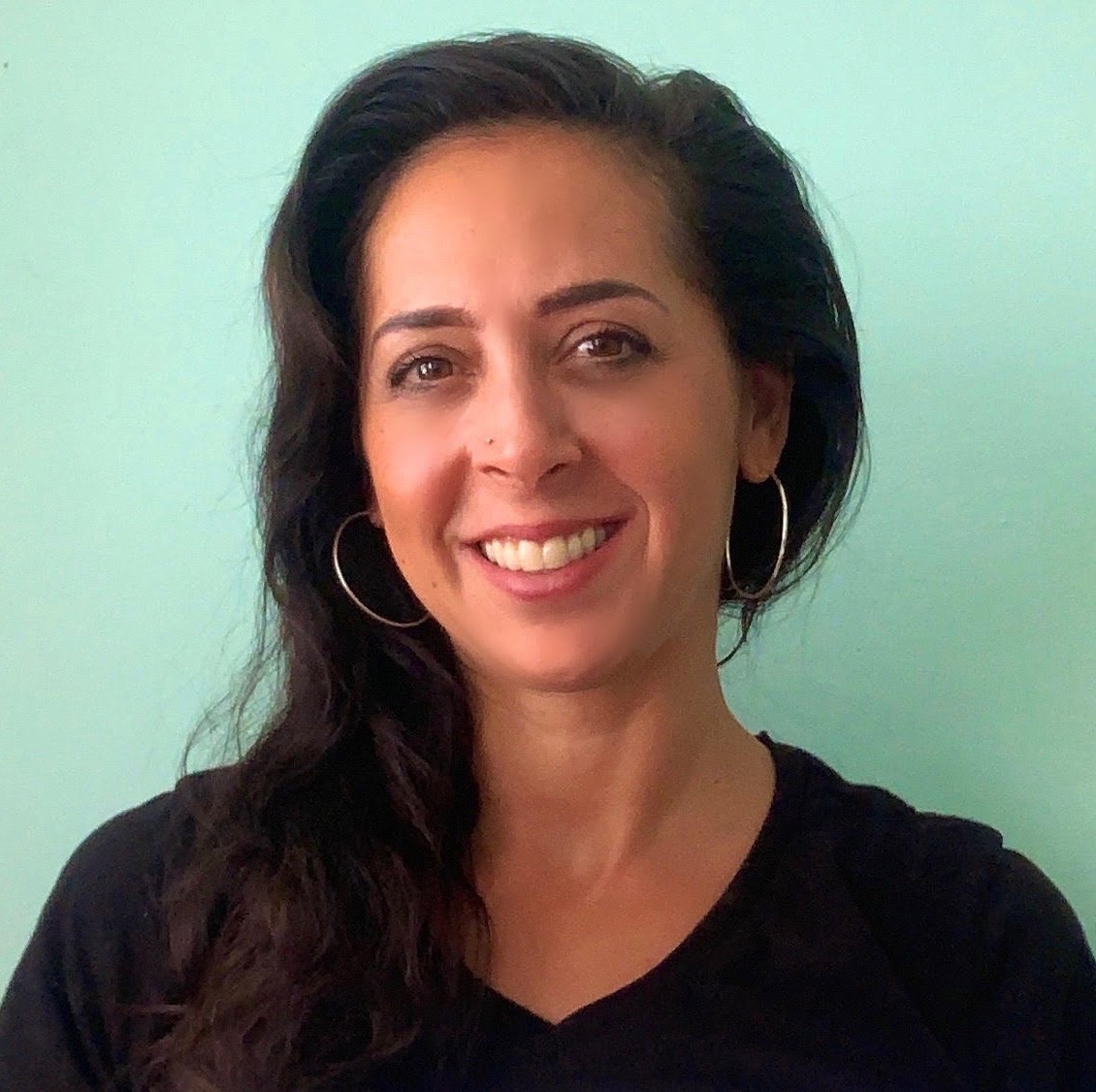ARTIST CONNECT: KIRAH CAMINOS
Apr 10, 2024
Young Audiences would be nothing without our artists, and we’re making a bold move to provide full-time employment to generate equity in our region’s creative economy by providing full-time employment to them through ‘Sustaining Inspiration.’ This ground-breaking initiative will help us meet skyrocketing demand for programs, increase the number of youth whose lives are changed by excellence in arts education, and provide for stability and advancement of our field by retaining qualified and experienced teaching artists. Get to know Kirah Caminos, our first Sustaining Inspiration teaching artist!
Kirah Caminos, Program Manager and Resident Teaching Artist, has worked with YANC since 2014. She was a Young Audiences student during her childhood in New York and is proud to have come full circle. Kirah has worked with thousands of kids throughout the Bay Area, teaching them Latin and World dance and music through adaptive programs that respond to their needs and interests; Kirah regularly adjusts her curriculum to focusing on traditions that align with identities of the students she’s teaching.
Kirah has followed a dual career path for nearly 15 years, working as a teaching artist while simultaneously putting her Masters in Nonprofit management to use in youth and family services nonprofits. Sustaining Inspiration allows this seasoned veteran to focus her efforts on YANC only, where she supports administration AND provides programs in schools. We are exceptionally lucky to have this skilled professional as our first Sustaining Inspiration artist and look forward to expanding this team. Get to Know Kirah below!
Can you tell us about how you feel being the first hybrid administrator/residence teaching artist?
Wonderful! Prior to this position, I had to cobble together my career as a teaching artist, and while I was fortunate to be very successful, it was becoming increasingly exhausting due to extensive travel to multiple schools per week (sometimes seven or more). Now, I am able to be more intentional about my work as a teaching artist. I am truly inspired every day by the extraordinary community of artists and staff around me, and look forward to great chapters ahead.
Can you tell us a little bit about your art form(s)?
My art forms are Latin and World dance and music. In particular, my focus for the last 15 years has been partner dance and choreography (Afro-Cuban Salsa, Merengue, and Bachata). I have been on four performance dance teams in the Bay Area throughout the last decade and had the privilege of training and performing with top professionals in the field throughout California. As a musician, I grew up singing, playing piano and Latin percussion instruments like congas, guiros, and maracas.
How long have you been practicing your art? How did you get started?
Growing up in the Lower East Side of Manhattan I was exposed to music from all over the globe as well as heavily influenced by Latin music and dance. My father, a successful Latin musician and bandleader, my mother, a professional modern dancer, and my grandmother, a fine concert pianist, taught and encouraged me to pursue the arts.
I watched a movie recommended by a friend years ago called, “Mad Hot Ballroom” and had an epiphany that this would be my career, but instead of ballroom dance, I would focus on Latin dance I offered my first Salsa dance and music class in my children’s bilingual (Spanish) immersion school, and it was sold out in three days! I contacted more schools in the Bay Area and in less than a year I was teaching Latin and World Dance full-time.
What is your teaching philosophy and how do you use that to approach each new audience/classroom?
I have an emergent style of teaching, where I plan lessons based on the interests and needs of students I’m working with. I see the classroom as a safe, positive and communal space open to different thoughts and ideas, personal inquiry and experimentation. I always go into a classroom prepared with a curriculum and a series of formal lesson plans, but I remain fluid and fully adaptable to students’ and teachers’ ever-changing needs and stages. I continue to learn as I teach.
How does your art form help connect students to what they are learning in school?
Through Young Audiences, I have learned so much about arts integration and how to use movement and music as a positive vehicle for self-expression and learning through activities that connect to Science, Math, Language Arts, History and more. I have worked with a wide range of teachers with specific requests on lessons that reflect and focus on arts integration, and core standards. Students and teachers alike often begin to make their own connections to various subject matter they are studying as a result.
How do the lessons and skills you teach students about or through your art form apply to their everyday life outside of the classroom?
One of my greatest joys has been in watching students develop emotionally and socially through dance. Many students feel they aren’t artists; that they aren’t dancers, musicians or singers. I enjoy proving them all wrong as students learn they ARE artists! After several classes, students begin to relax into partner work and true community building happens, organically and beautifully, giving them a lived experience of a practice that will improve the rest of their lives.
What are three words that describe your classes?
Sing, play, dance!


